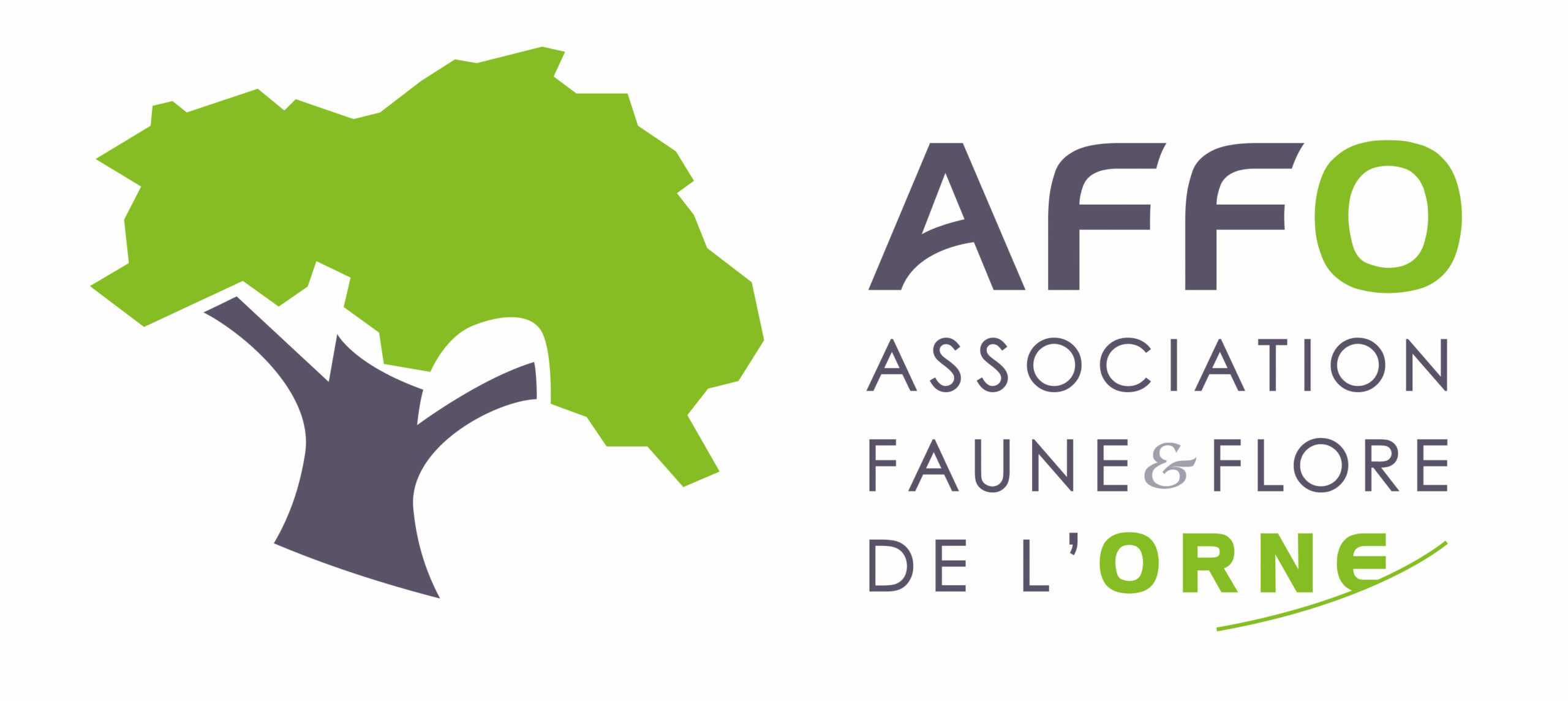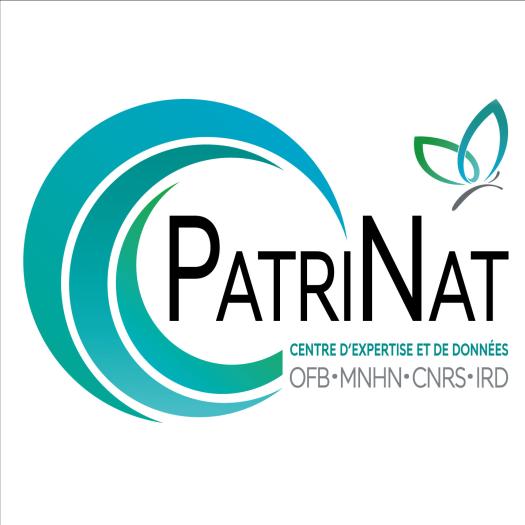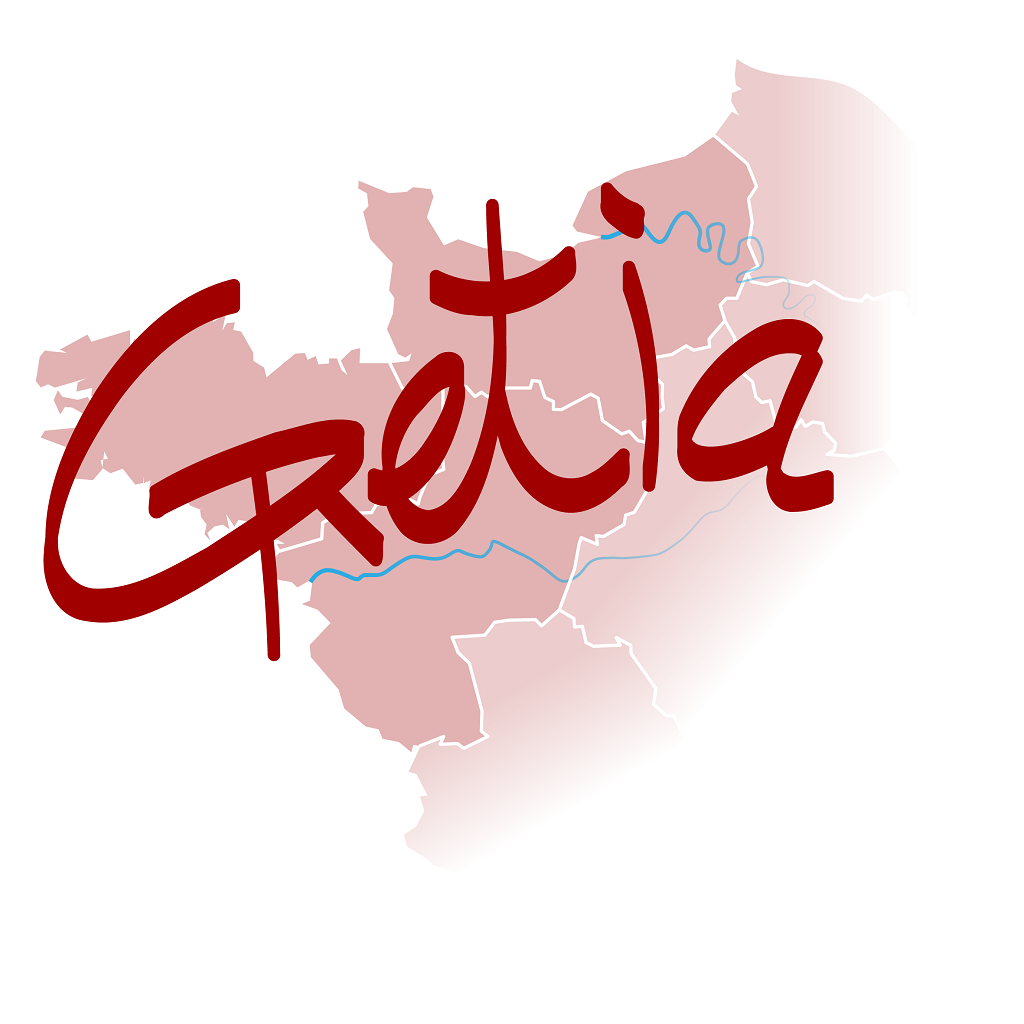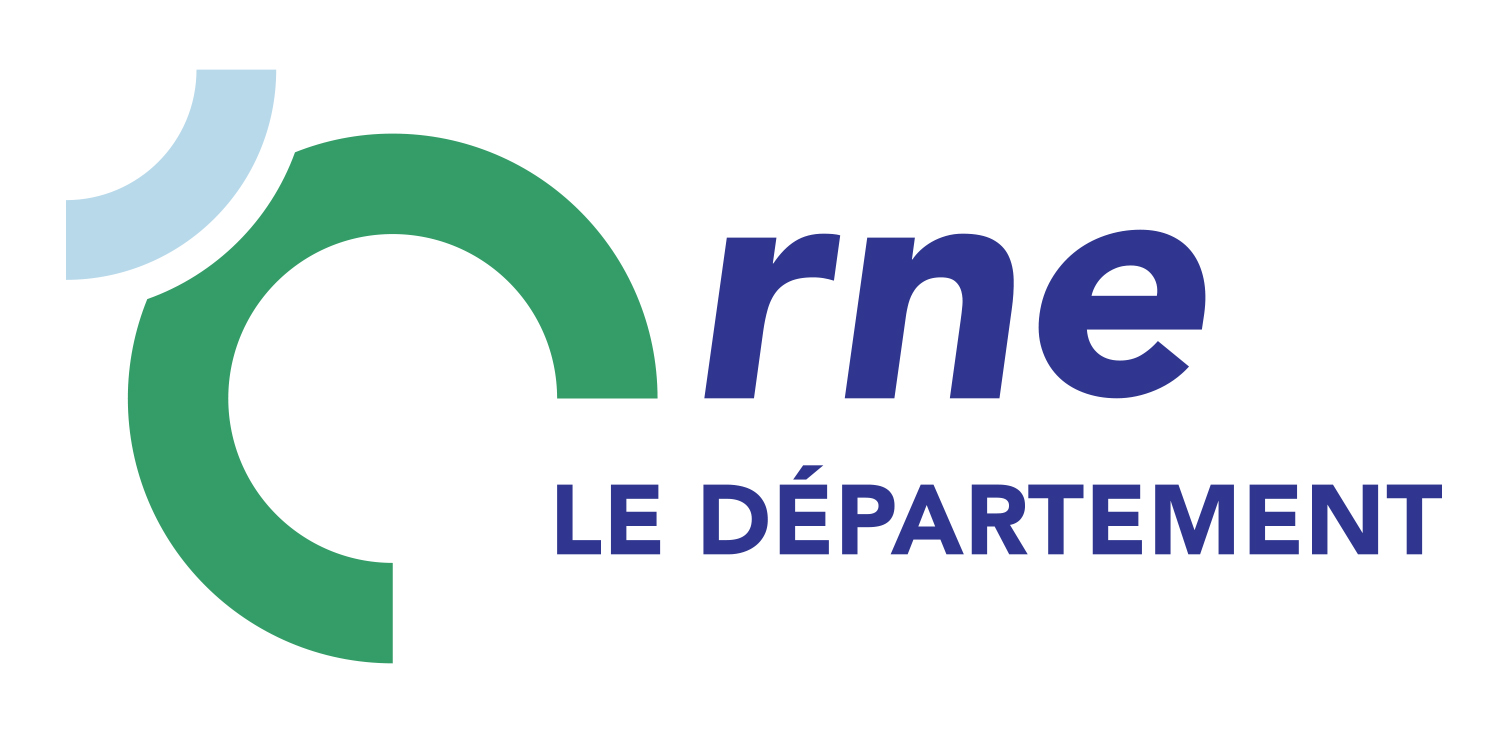Melanargia Meigen, 1828
Où cette espèce a-t-elle été observée ?
 Attention : cette espèce peut être présente où il n’y a pas de maille, mais à ce jour elle n’y a pas encore été observée.
Attention : cette espèce peut être présente où il n’y a pas de maille, mais à ce jour elle n’y a pas encore été observée.
- 375 observations
-
97
communes -
58
observateurs
14
organismes -
Première observation
1971 -
Dernière observation
2025
Appenai-sous-Bellême - Arcisses - Argenvilliers - Authon-du-Perche - Bazoches-sur-Hoëne - Beaulieu - Beaumont-les-Autels - Belforêt-en-Perche - Bellavilliers - Bellême - Bellou-le-Trichard - Berd'huis - Bizou - Bonsmoulins - Bretoncelles - Ceton - Champeaux-sur-Sarthe - Champrond-en-Gâtine - Chapelle-Guillaume - Chapelle-Royale - Charencey - Chemilli - Comblot - Combres - Corbon - Coudray-au-Perche - Coulimer - Courgeon - Courgeoût - Cour-Maugis sur Huisne - Crulai - Dame-Marie - Feings - Frazé - Igé - Irai - La Bazoche-Gouet - La Chapelle-Montligeon - La Chapelle-Souëf - La Ferté-Vidame - La Loupe - La Madeleine-Bouvet - La Mesnière - Le Mage - Le Pas-Saint-l'Homer - Le Pin-la-Garenne - Les Aspres - Les Autels-Villevillon - Les Étilleux - Les Genettes - Les Menus - Longny les Villages - Luigny - Manou - Marolles-les-Buis - Mauves-sur-Huisne - Montgaudry - Mortagne-au-Perche - Moutiers-au-Perche - Nogent-le-Rotrou - Nonvilliers-Grandhoux - Parfondeval - Perche en Nocé - Pervenchères - Pouvrai - Rémalard en Perche - Réveillon - Sablons sur Huisne - Saint-Aquilin-de-Corbion - Saint-Aubin-de-Courteraie - Saint-Cyr-la-Rosière - Saint-Denis-sur-Huisne - Sainte-Céronne-lès-Mortagne - Saint-Fulgent-des-Ormes - Saint-Germain-de-la-Coudre - Saint-Germain-de-Martigny - Saint-Germain-des-Grois - Saint-Hilaire-le-Châtel - Saint-Hilaire-sur-Erre - Saintigny - Saint-Jouin-de-Blavou - Saint-Langis-lès-Mortagne - Saint-Mard-de-Réno - Saint-Martin-des-Pézerits - Saint-Martin-du-Vieux-Bellême - Saint-Ouen-de-Sécherouvre - Saint-Pierre-la-Bruyère - Saint-Quentin-de-Blavou - Saint-Victor-de-Buthon - Senonches - Soligny-la-Trappe - Tourouvre au Perche - Trizay-Coutretot-Saint-Serge - Val-au-Perche - Vaunoise - Verrières - Villiers-sous-Mortagne
-
Association Faune & Flore de l'Orne (AFFO)
Participation à 222 Observations
Part d'aide à la prospection : 59.20 %
Fiche organisme
-
PNR du Perche
Participation à 47 Observations
Part d'aide à la prospection : 12.53 %
Fiche organisme
-
UMS PatriNat (OFB-CNRS-MNHN)
Participation à 32 Observations
Part d'aide à la prospection : 8.53 %
Fiche organisme
-
DREAL Centre-Val de Loire
Participation à 28 Observations
Part d'aide à la prospection : 7.47 %
Fiche organisme
-
France Nature Environnement Centre-Val de Loir
Participation à 22 Observations
Part d'aide à la prospection : 5.87 %
Fiche organisme
-
PNR et géoparc mondial UNESCO Normandie-Maine
Participation à 14 Observations
Part d'aide à la prospection : 3.73 %
Fiche organisme
-
GRoupe d'ETude des Invertébrés Armoricains (GRETIA)
Participation à 14 Observations
Part d'aide à la prospection : 3.73 %
Fiche organisme
-
Eure-et-Loir Nature
Participation à 13 Observations
Part d'aide à la prospection : 3.47 %
Fiche organisme
-
Muséum national d'Histoire naturelle (MNHN)
Participation à 8 Observations
Part d'aide à la prospection : 2.13 %
Fiche organisme
-
Conservatoire d'espaces naturels du Centre-Val de Loire (CEN CVL)
Participation à 7 Observations
Part d'aide à la prospection : 1.87 %
Fiche organisme
-
Ministère de la Transition écologique et de la Cohésion des territoires
Participation à 4 Observations
Part d'aide à la prospection : 1.07 %
Fiche organisme
-
Système mondial d’information sur la biodiversité (GBIF)
Participation à 3 Observations
Part d'aide à la prospection : 0.80 %
Fiche organisme
-
Conseil départemental de l'Orne (bureau ENS)
Participation à 1 Observation
Part d'aide à la prospection : 0.27 %
Fiche organisme
Informations espèce
Répartition actuelle en France métropolitaine
© INPN - Avertissement : les données visualisables reflètent l'état d'avancement des connaissances et/ou la disponibilité des données existantes au niveau national : elles ne peuvent en aucun cas être considérées comme exhaustives.
Répartition actuelle dans le monde
Avertissement : les données visualisables reflètent l'état d'avancement des connaissances et/ou la disponibilité des données existantes au niveau mondial : elles ne peuvent en aucun cas être considérées comme exhaustives.















